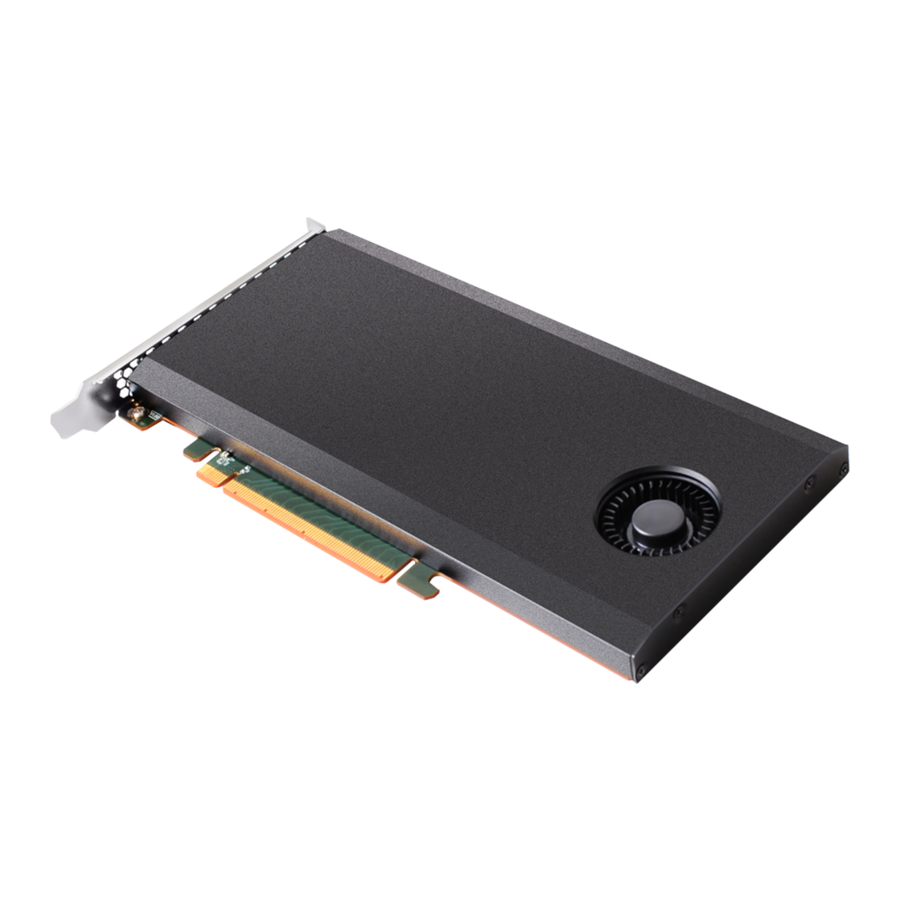- ページ 2
コントローラー HighPoint SSD7103のPDF インストレーション・マニュアルをオンラインで閲覧またはダウンロードできます。HighPoint SSD7103 11 ページ。 Linux ubuntu desktop 19.10
HighPoint SSD7103 にも: インストレーション・マニュアル (11 ページ), インストレーション・マニュアル (15 ページ), インストレーション・マニュアル (12 ページ), インストレーション・マニュアル (12 ページ), インストレーション・マニュアル (12 ページ), インストレーション・マニュアル (13 ページ), インストレーション・マニュアル (11 ページ), インストレーション・マニュアル (11 ページ), クイック・インストール・マニュアル (9 ページ), インストレーション・マニュアル (12 ページ)

